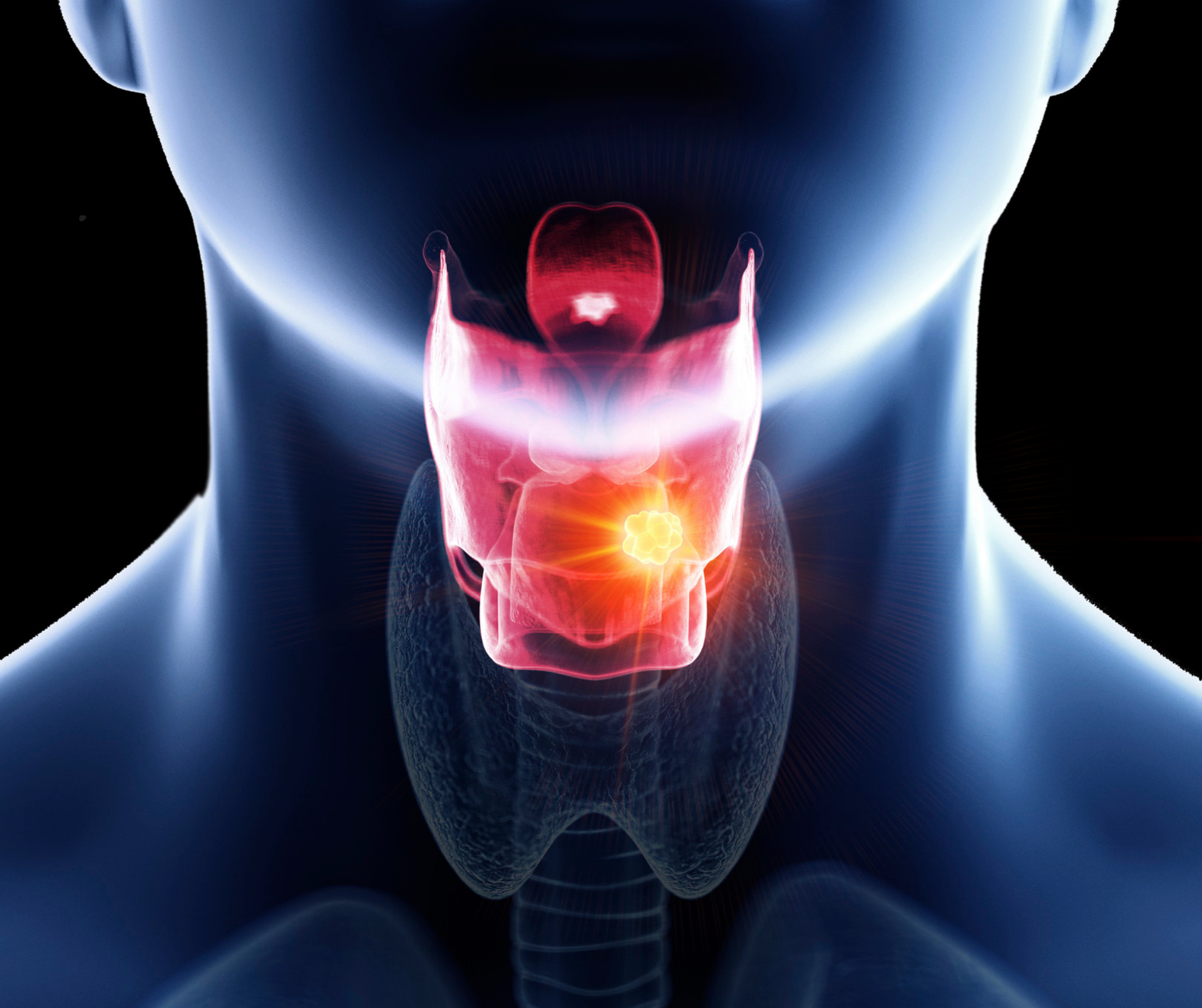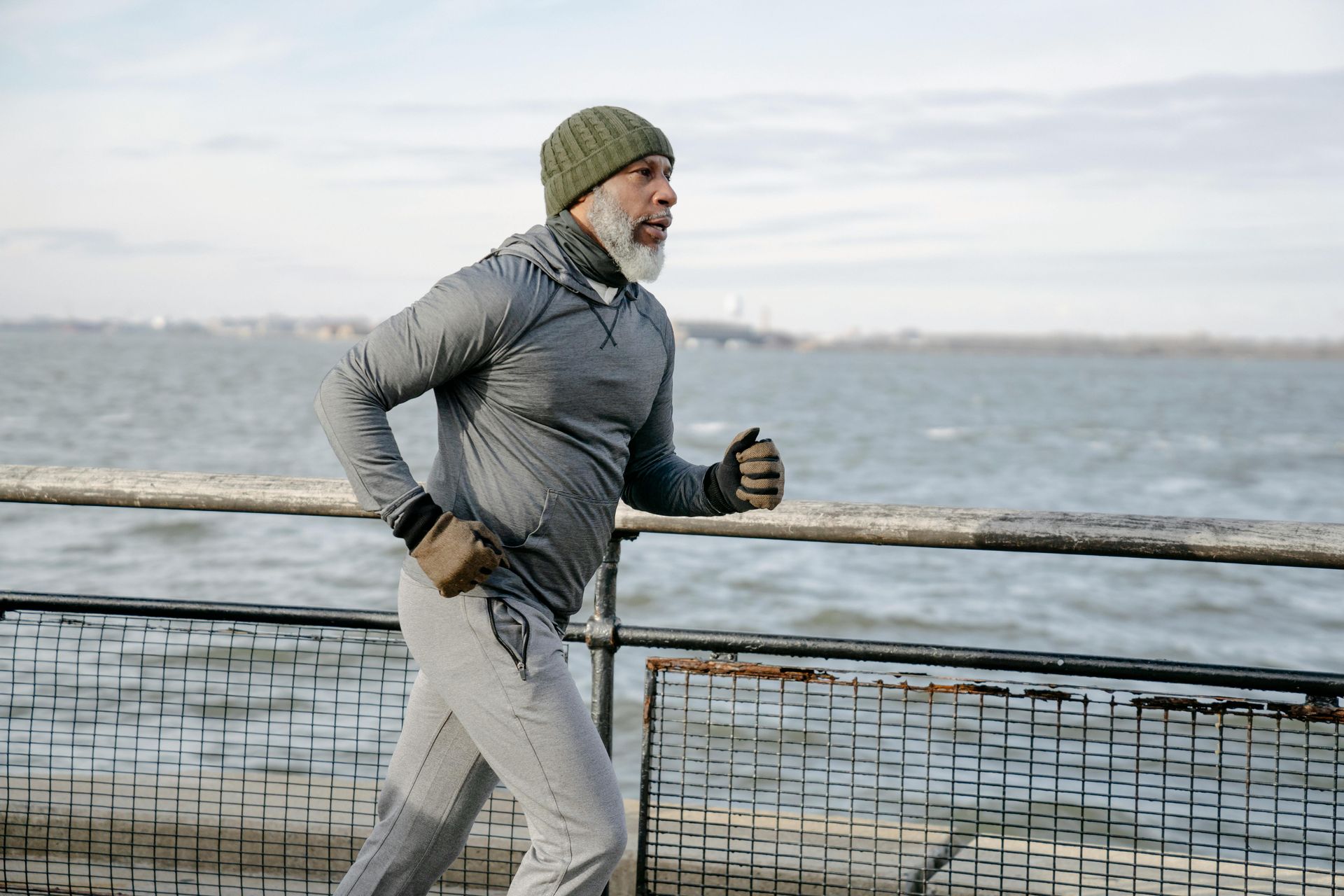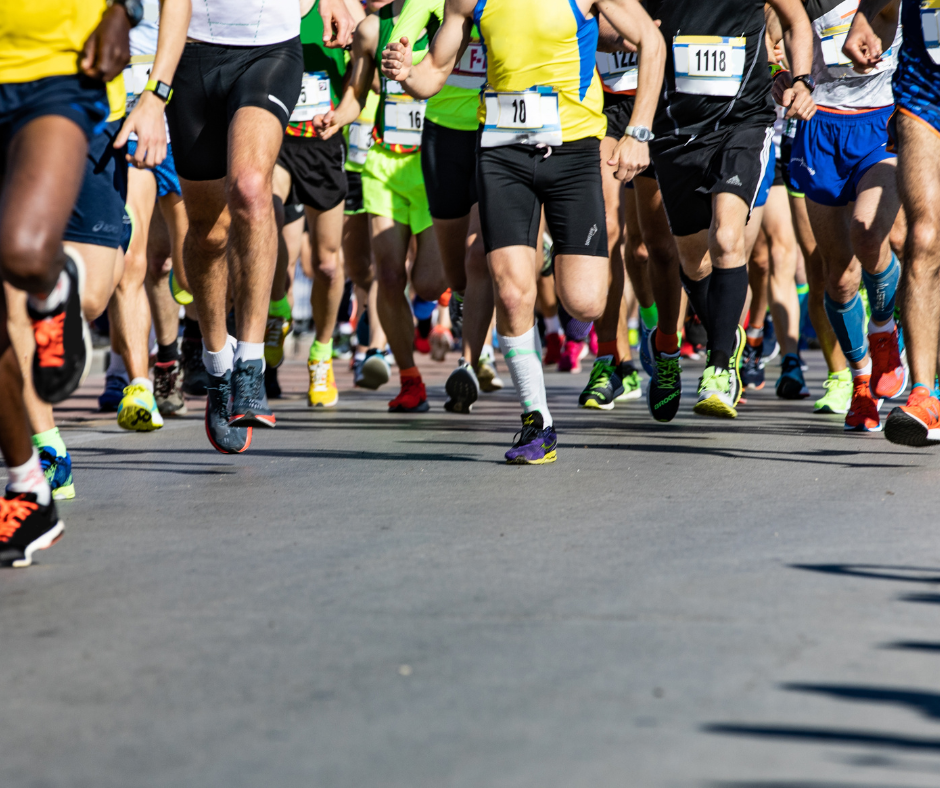Exercising in the Heat 🥵
Exercising in hot temperatures can be challenging and potentially dangerous if not approached correctly. However, with the right preparation and precautions, training in heat can be a safe and effective means of improving athletic performance. In this blog, we will discuss the top 5 tips for training in heat, backed by what the science tells us
1. Hydration:
The first and most crucial tip for training in heat is to stay hydrated. Dehydration can lead to significant health risks, including heat exhaustion and heat stroke. It is essential to drink plenty of fluids before, during, and after exercise in hot conditions. Studies recommend drinking 750ml of water at least 30 minutes before exercise and at regular intervals during the workout to replace fluids lost through sweating.
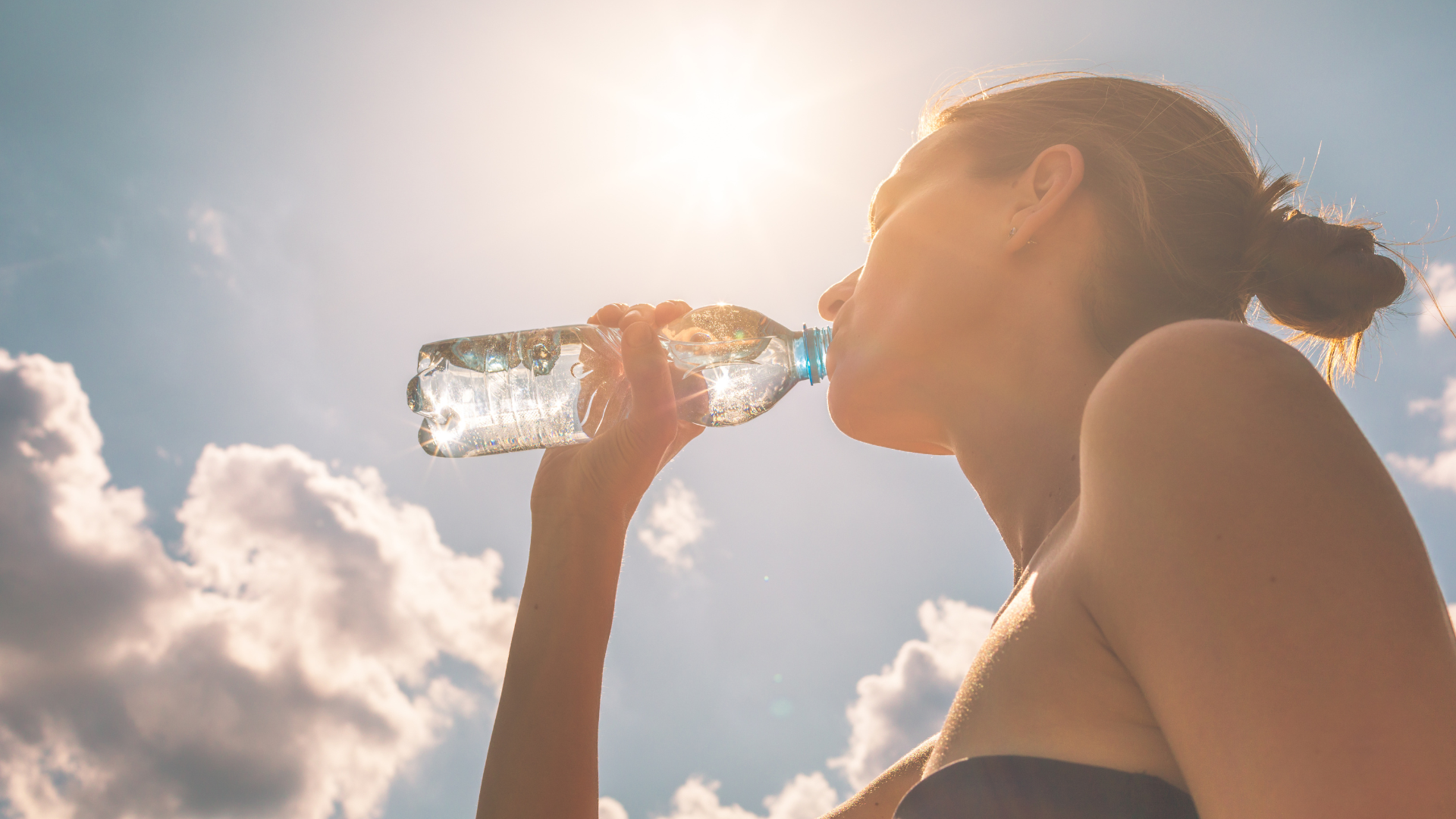
2. Acclimation:
Gradual acclimation to hot conditions can help improve exercise performance and reduce the risk of heat-related illnesses. Researchers found that gradual exposure to heat can improve cardiovascular function, reduce core body temperature, and increase sweating rates. It is recommended to gradually increase exercise time and intensity in hot conditions over 7-14 days to acclimate the body to the heat.
3. Rest and Recovery:
Rest and recovery are essential for preventing heat-related illnesses and improving athletic performance. Research suggests that taking breaks and allowing time for the body to recover during exercise in hot conditions can reduce the risk of heat exhaustion and heat stroke. It is recommended to take frequent breaks, find a shaded area, and drink fluids during exercise in hot conditions.
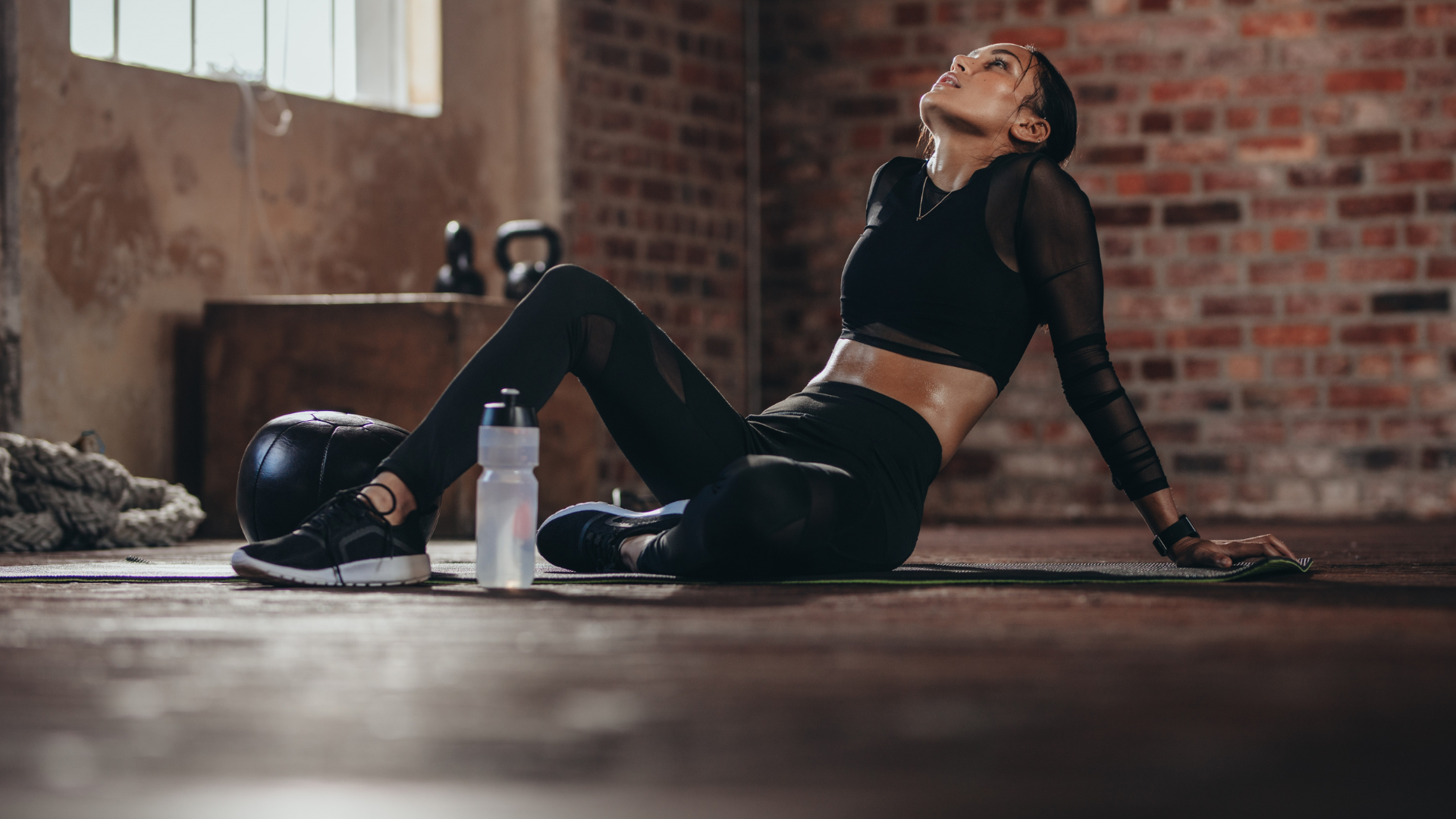
4. Clothing:
Wearing appropriate clothing can help reduce the risk of heat-related illnesses and improve athletic performance in hot conditions. Studies recommend wearing light-colored, loose-fitting, and breathable clothing that allows sweat to evaporate quickly. This helps regulate body temperature and prevent overheating.
5. Timing:
The timing of exercise can also impact athletic performance and the risk of heat-related illnesses. Research suggests that exercising during the cooler parts of the day can reduce the risk of heat exhaustion and heat stroke. Early morning or late evening exercise when temperatures are cooler can improve performance and reduce the risk of heat-related illnesses.
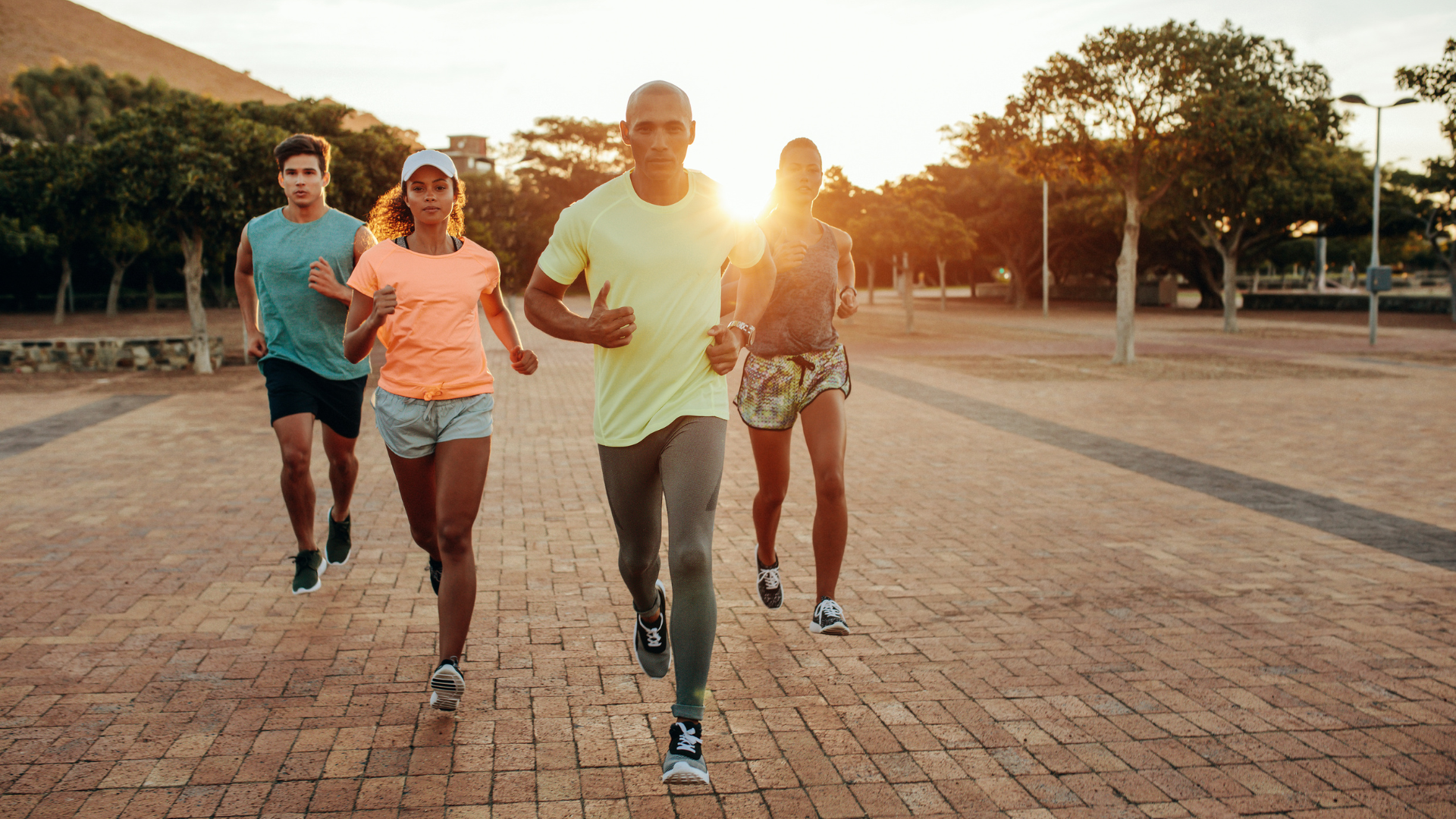
In conclusion, training in heat can be a safe and effective means of improving athletic performance if approached correctly. Staying hydrated, gradual acclimation, rest and recovery, appropriate clothing, and timing are the top 5 tips for safe and effective training in heat, backed by science & research. By following these tips, athletes can optimise their performance in hot conditions while minimising the risk of heat-related illnesses.
Chelmsford Physio
Riverside Leisure Centre, Victoria Rd, Chelmsford CM1 1FG

